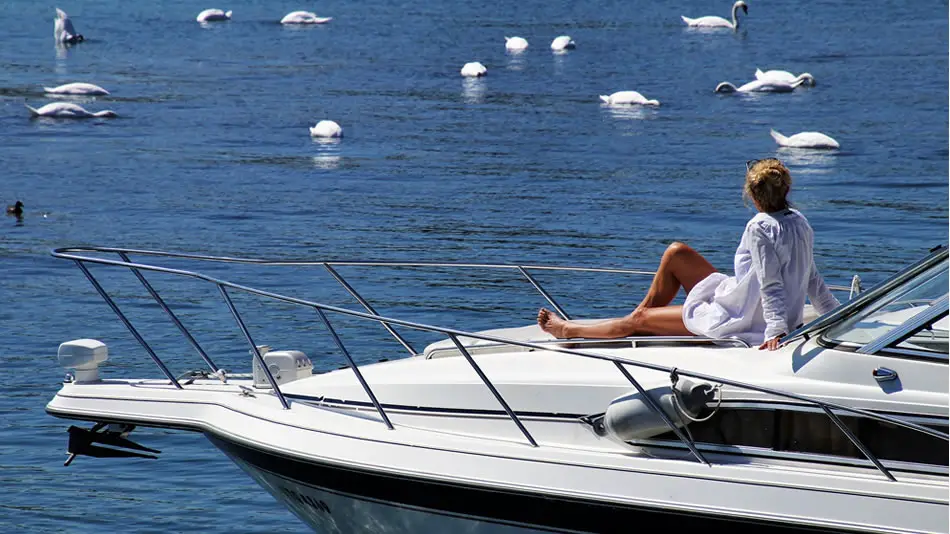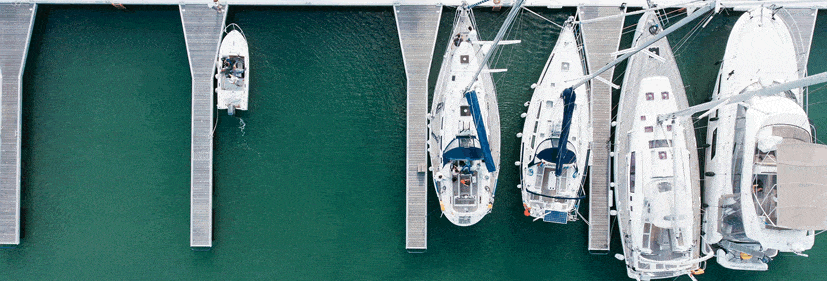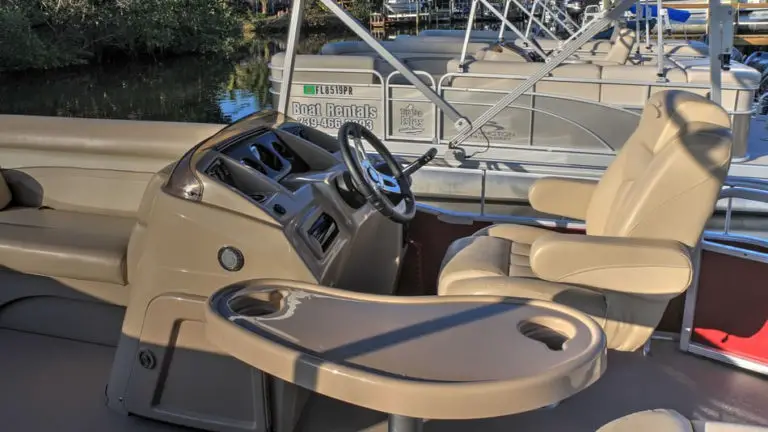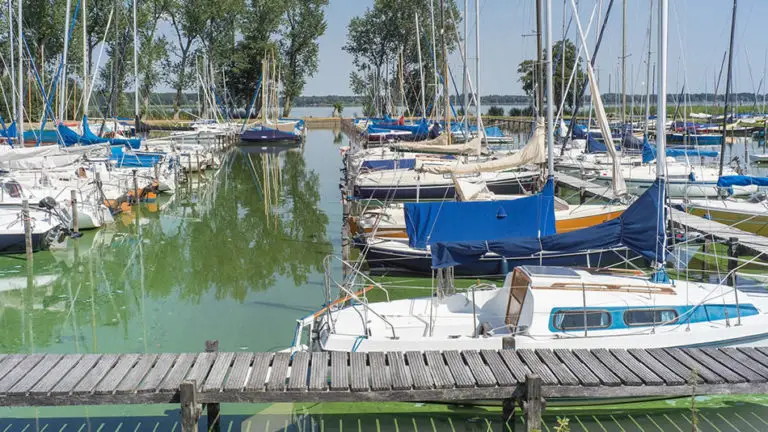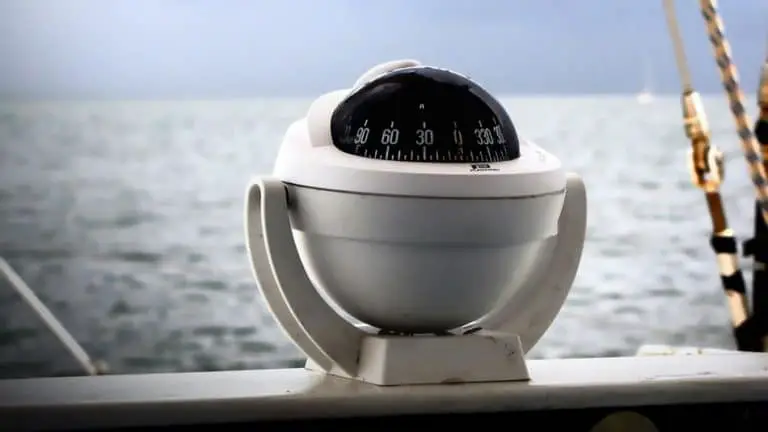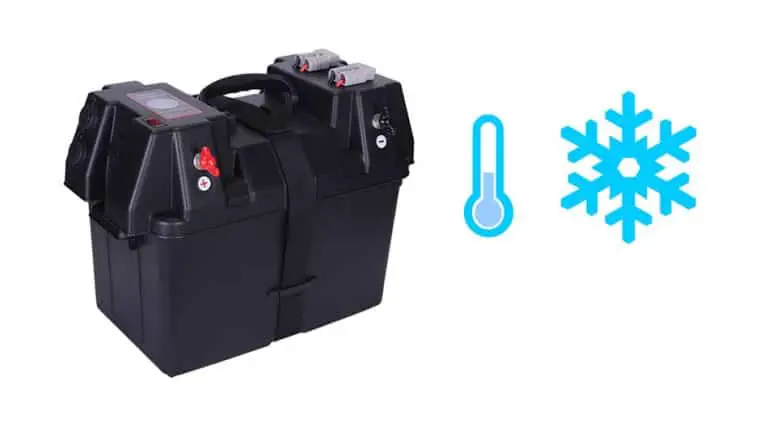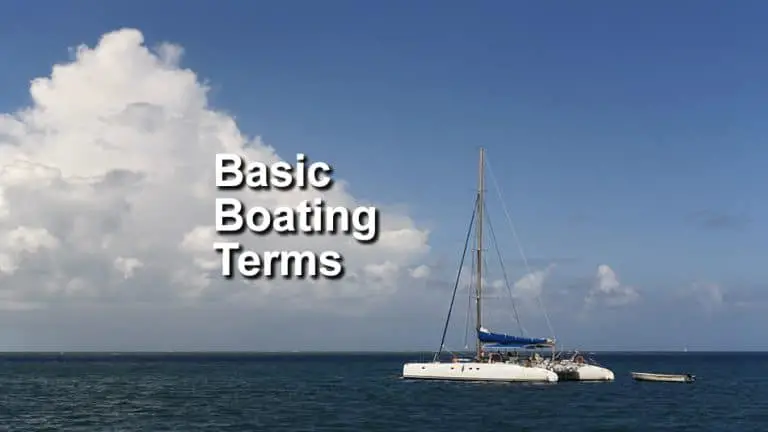Living on a Boat – A Guide for Beginners
Just imagine yourself on a voyage with a gentle movement, the dewy smell of the air and the breeze, romance with nature, skyline viewing and most importantly living that provincial life without any restrictions. You know this is nothing but the lifestyle of living on a boat. This is a terrific lifestyle that, if you take the plunge, offers you a lot of benefits, which may include home security, closeness to nature, supportive community, less spending, and living off the grid, to mention a few.
Despite these benefits, living on a boat is associated with some challenges which may involve an endeavor that is typically related to staying out of your comfort zones. Nevertheless, this lifestyle has its share of surprises and opportunities as you might have seen in movies or documentaries and magazines, or perhaps you’ve only dreamt about it. However, there are many complexities, as unraveled in this article, that may be connected with this uncustomary ecosystem and, may somewhat impede your enjoyment and survival on the adventure.
Best Boat to Live On Year-Round
There is a vast difference between a boat for summer holiday experiences on the shore and the kind to liveaboard year-round. Some distinct features and qualities make the latter accommodation homey for all 52 weeks of the year. Often, the best boat to live on year-round is known for strength, ease of maintenance, made of fiberglass or steel, has widespread appeal and most importantly, affordability. Furthermore, there’s also a wide range of distinct features including static and mobile crafts, permanent moorings on both the inland and coastal waters, which must be known.
Some of the best boats to live on year-round are described as follows:
Trawlers
Although the recreational trawlers resemble the fishing trawlers, they are pleasure boats for cruising and deriving the maximum benefits of living on a ship year-round. They’re also known as trawler yachts with some distinct features, like a semi-displacement hull, which, unfortunately, makes it less fuel efficient. Meanwhile, trawlers have gained popularity among some buyers, even the helmsmen for this displacement model which enhances its cruising speed to about 7-9 knots (13-17 km/h), depending on boat length.
This boat is indeed a craft of comfort for living on, as well as fashionable. Many coxswains have made it a top choice because of the styles it provides, which include the offset deckhouse and the raised pilothouse for the dwellers to create memories of a lifetime. Trawlers are specially designed for long economic voyages and powered at speeds below the theoretical hull limits.
Sailboats
There are two kinds of sailboats – the monohull and the multihull. If you’ve ever dreamed of sailing and living on a boat, the monohull makes your dream come true, with many benefits including the beautifully built sailing vessels and cruise-friendly drafts. Likewise, the multihull has a shallow draft and speed underway. The hull may either be in the form of catamarans (two hulls) and trimarans (three hulls) for optimum speed. The multihull is wide with a lot of liveaboard space, twice the monohull sailboats.
MotorSailers (Yacht)
The nature of yacht design makes it a bit slower than the average sailboat of equal size, but a better performer than the sailboat when powered. The motorsailers are characterized by ample space, typically a large deckhouse and hull shape that accommodates and satisfies your every wish for living on a boat. It’s one of the best liveaboard boats that please both sailors and boat fans.
Houseboats
Houseboats are specially constructed residential, marine vessels with the unique feature of self-propellant. Hence, it is capable of moving itself without a helmsman. With a flat bottom and large apartment that occupies the deck, houseboats are unquestionably the best boat to live on year-round. Though not designed to be permanently moored, with the possibility to disconnect from the marina facilities such as water, electricity and sewer lines, a houseboat still makes living on a boat year-round memorable.
Floating Homes
Floating homes are generally constructed on a floating foundation of permanently moored and buoyant material. Often, floating homes are as large as a medium-sized house and multi-storied for optimum enjoyment of living on a boat. Most of them have an underwater basement for viewing the aquatic fauna and flora. So, if you want to experience the maximum benefits of living on a boat year-round, the floating home is a good way to go.
Living On a Boat Full-Time
As stated earlier, life on a boat is fun and embedded with many benefits. However, there are lots of considerations you must understand, and perhaps some questions to answer before you determine if a full-time water residence is the best fit for you. You need to consider the following:
- The amount of space that you need
- The kind of boat that can satisfy you in the adventure
- Your budgetary analysis for the period, and most importantly
- Your ability to afford the cost of living on a boat full-time
Space
Different liveaboards are distinguished by the amount of space available to live on them. For instance, there are specific boats that are best for a single person to live on, while there are larger boats that can accommodate couples and small families. Most of the time, the extra space is invaluable, though it comes with an additional cost of living, including the cost of maintaining the vessels.
Meanwhile, experts have recommended that any craft that would be utilized for cruising should be managed by a single person, which requires a high level of physical strength, physical fitness, experience, determination, etc. But if you’re part of a group or family, the best option would likely be a floating home, which is generally not limited regarding size, has the extra space with a broader foundation and multiple levels to accommodate more people.
Budget
Both boats or floating homes are available as new or used. As you would expect, new boats are generally more expensive per linear foot than a used vessel, but it also allows buyers to customize their purchase and comes with the manufacturer’s warranty. The most important factors to consider with a used purchase are mostly associated with wear and tear, and the previous owner’s ability to maintain the boat. From these perspectives, you can prepare your budget and determine the kind of boat you want to go for.
Having done that, then determine the cost of the kind of lifestyle you would like to maintain on your boat, such as the amenities you want to enjoy, but most importantly the cost of regular maintenance for liveaboards. From these, you should be able to determine your ability to afford full-time life on a boat.
Maintenance
Heavy machines with many external factors like boats always require continuous maintenance. Failure to implement an appropriate maintenance plan can turn a minor fault into costly overhauls and expensive repairs. Poor maintenance may interfere with your enjoyment as a full-time resident.
So, a prospective liveaboard must decide, before they purchase, how they want to use the boat and the cost of maintaining their craft. Perhaps you want to cruise on the water regularly and know that you need a boat like a trawler or a yacht that can operate effectively under internal power. Those intending to be static can select craft like houseboats, floating homes, barges, etc.
Cost of Living on a Boat Full-Time
Often, it’s important and useful to accurately budget for the cost of living on a boat as a full-time resident, especially the expenses that come with the lifestyle you desire. The costs that are associated with cost of living on a full-time boat range from the insurance registration for protection, anchorage and mooring fees, Homeowners’ Association (HOA) fees, utilities, and slip fees, as well maintenance dues.
First, your lender will require that you have insurance protection for potential loss and liability claims. Keep in mind that home insurance for floating homes or living on a boat is quite different from that of homes on land. Similarly, part of the cost for living on a boat includes anchorage and mooring fees for ease of land access to popular places on the shore. The mooring fees may consist of the free tank pump-outs, dinghy storage, water taxi service, and access to the bathrooms and laundry facilities.
Lastly, other fees such as homeowners’ association (HOA) fees are charged for the general moorage upkeep. The utilities and slip fees cover the bills for the amenities including the electricity, water, gas and sewage services that are enjoyed at the bay. The maintenance fee may cost about $1,000 to $5,000 annually.
Best Places to Liveaboard a Boat
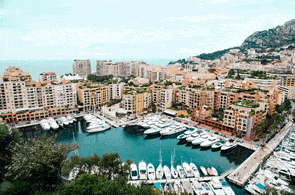
- The Atlantic Ocean provides many opportunities for liveaboards at several locations like, Virginia, South Carolina, the outer banks of North Carolina, Maine, to name a few.
- The Pacific Ocean, though considered very cold, and not favorable for liveaboard life, yet you can live on a boat.
- Places like San Diego, San Francisco, Oregon, Astoria, and Long Beach are one of the best locations to liveaboard on the Pacific.
- The Gulf of Mexico, there are warm waves, soft sands, and shades of sapphire and turquoise.
- Most importantly, there is a pure and clean body of water like that of Alabama, Mississippi, the Gulf Shores, and the Texas Gulf Coast.
- Many lakes and rivers flow through famous cities. The cities like Maryland and Baltimore are prime spots to drop anchor,
- Places around that Maryland and Virginia offer liveaboard like the one located at the Chesapeake Bay.
How much does it cost to dock a boat at a marina
Prices vary all over the world, but a rough estimated cost on a 30 – 40-foot vessel, you could be paying anywhere from $300 to $3,000 per month. Some different benefits might come into consideration such as, how close you are to the ocean, vehicle parking, and if amenities are included.
The best advice I would give you is to do your research on where it is that you want to dock at, and then look around that area at different marinas and figure out what price you would be looking at.
Final Notes
Living on a boat has been one of the greatest adventurous events people plunge to in decades, with many benefits and opportunities it offers. Though it may be quite challenging to reach the milestone in a lifetime due to some constraints as analyzed, it comes from a strong will and determination, also understanding the requirements associated with it. More importantly, knowledge about the best places to enjoy the experience optimally is also noted and recommended.

